Sarah Hunstead is a paediatric nurse, the author of A life. A finger. A pea up a nose. A practical guide to baby and child first aid, and the Founder and Managing Director of CPR Kids. CPR Kids empowers families with life saving skills to recognise and respond to their sick or injured child. She recently returned from a three month trip around Australia in a Cub camper trailer with her family and while on the road, they made a film about safety in the great outdoors.
Here are Sarah’s five essential tips for camping safely with kids:
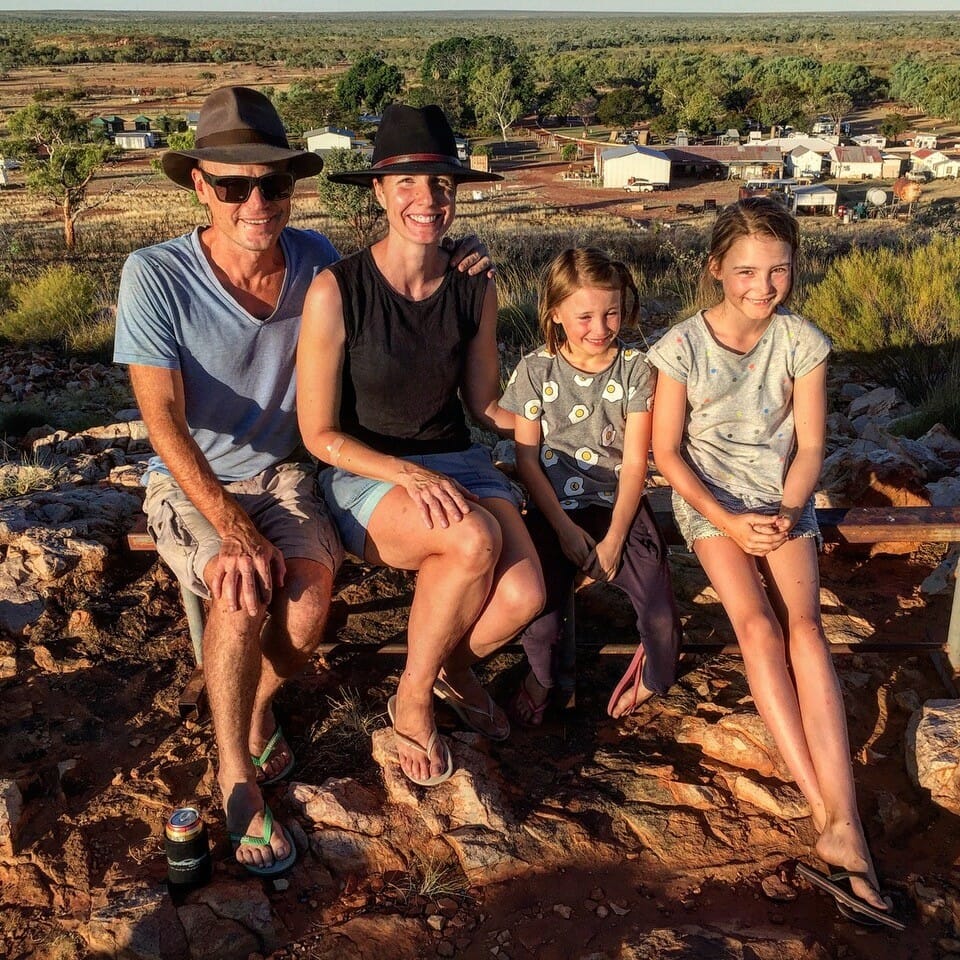
1. Know your first aid
When did you last do a first aid course? What about one specifically for babies and children? If the last time you practiced CPR you were sporting a ’90s hairdo and there are a couple more letters in DRSABCD now, it is definitely time to refresh. First aid guidelines are updated regularly, so make sure you are up to date and know the best way to help your child if they are sick or injured.
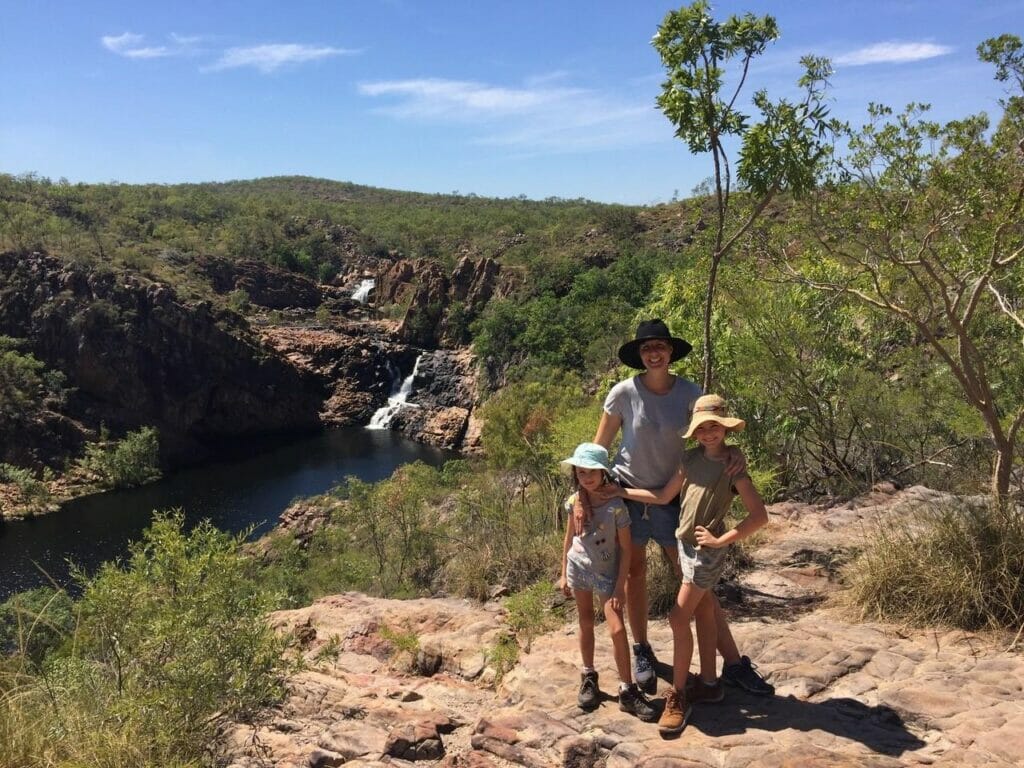
2. Pack a great first aid kit (and know how to use it)
When you are travelling, a packet of BandAids and an expired tube of antiseptic doesn’t cut it. Try to think of the possible situations that you could get yourself into on your adventures – does your first aid kit have the equipment you and your family will need?
It pays to carry a remote area first aid kit, and make sure you think beyond snake bite and broken bones – what happens at home can happen on the road too! Do you have rehydration solution if gastro hits your family? What about children’s paracetamol? Or antiseptic ointment for grazes?
Also, make sure you are familiar with the contents of your kit, and know how to use it. What is the point of carrying a snake bite kit if you don’t know how to apply a pressure bandage?
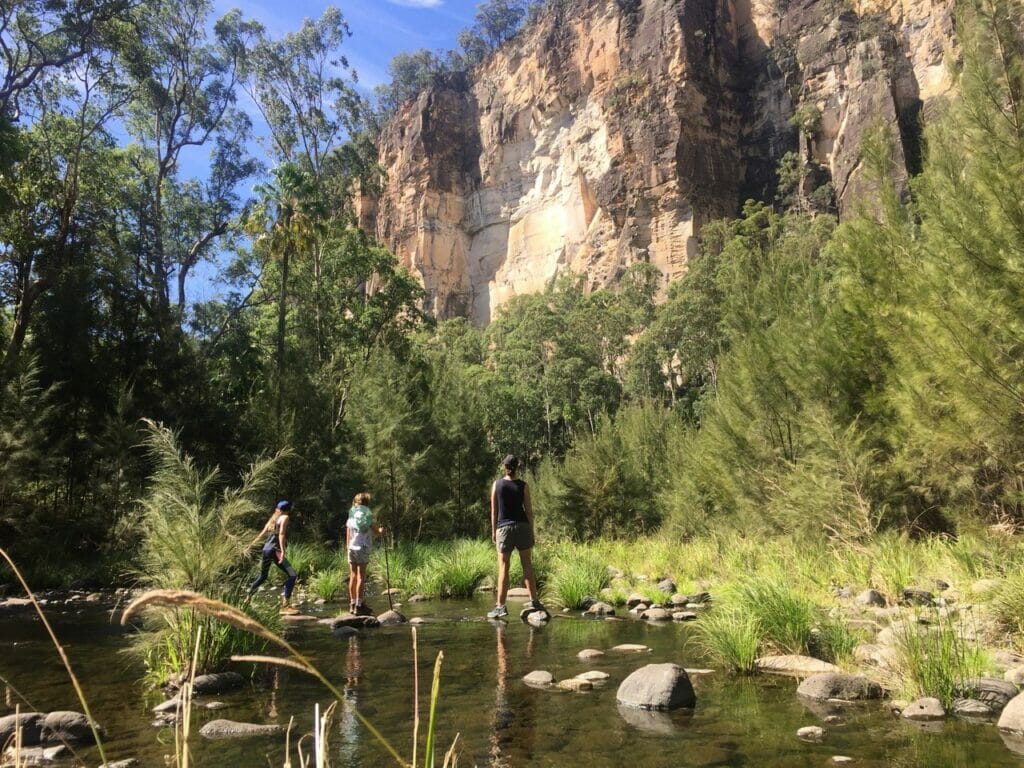
3. Know how to treat a bite correctly
Snakes, jellyfish, spiders and midgies – there is a plethora of creatures that can bite and sting in Australia. Did you know that a funnel web spider bite requires a pressure bandage, however a red back spider bite does not? It requires an ice pack. Did you know that bluebottle jellyfish stings are now treated with hot water? Remembering this can be tricky, so make it easy and download the Australian Bites and Stings App- https://www.seqirus.com.au/bites-app. The app lists many of our more dangerous creatures, signs and symptoms of envenomation and the first aid treatment. Make sure you download it onto your phone before you leave home.
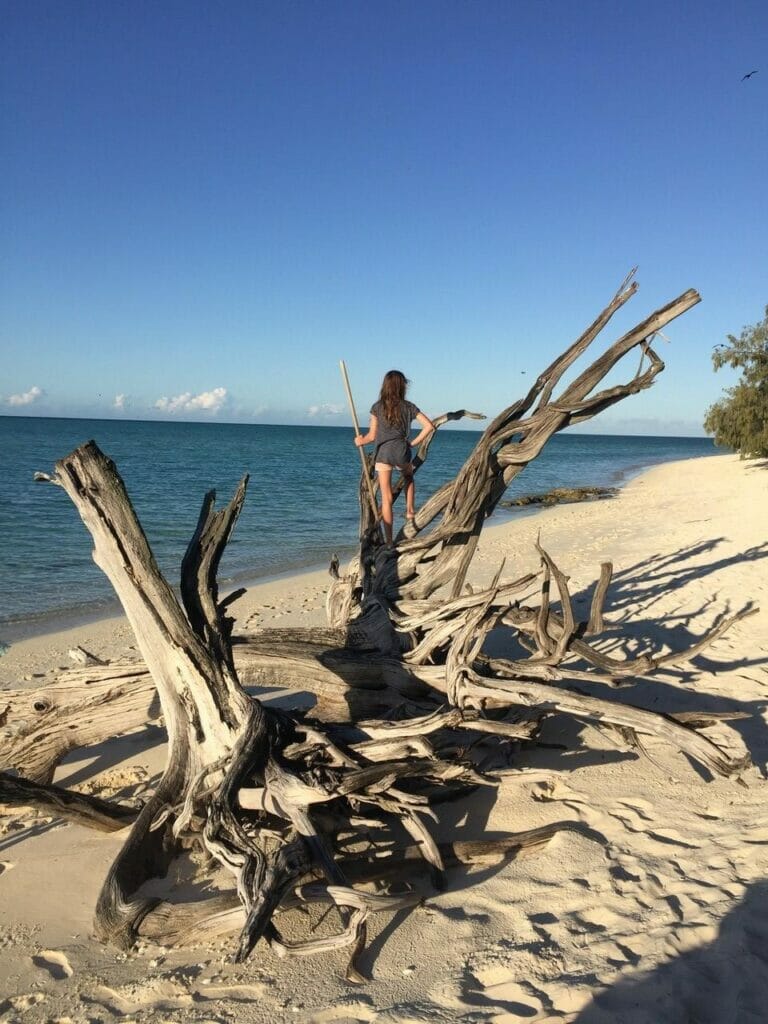
4. Be fire aware
Campfires hold a great deal of fascination for children, however young children are often not aware of the dangers. Teach your children fire safety – don’t let them run around the campfire, and most importantly, teach them that fire sites can still burn even when the flames are gone. Every year, many children suffer horrific injuries from walking through campfire ashes that have been put out with sand or dirt. The coals stay hot buried beneath the sand for hours. Always put out your fires with water, and teach your kids to never ever walk over the top of where a fire has been.
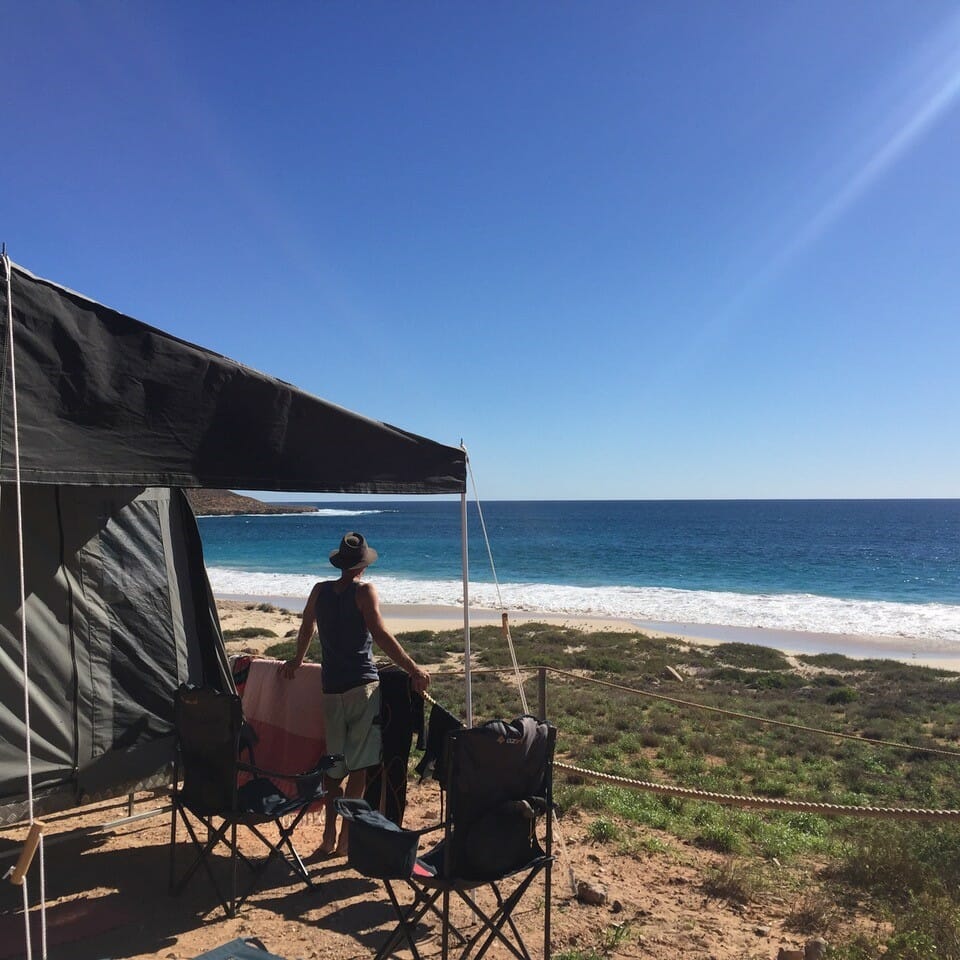
5. Be water safe
Drowning can happen in as little as 5 cm of water, in less than 20 seconds. When it comes to drowning, prevention is always better than cure. Never let your children out of your sight around water, and keep little ones within arm’s reach. Remember that water safety goes beyond drowning prevention – be aware of hidden dangers under the water too. Be crocodile safe and investigate with the park rangers or locals if it is safe to swim in the area you are in.
Ultimately, the key to keeping your kids safe is being aware of your environment, and prepare accordingly. Most importantly, have fun in the great outdoors!
If you would like to keep up with CPR Kids, you can find them on Facebook, Youtube or Instagram, where they use the social tags #cprkids #knowledgeforlife.
